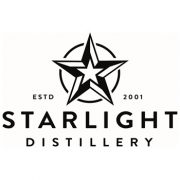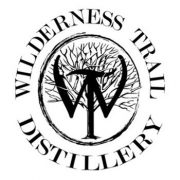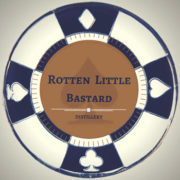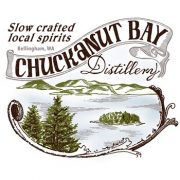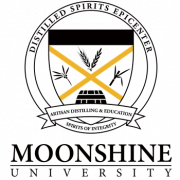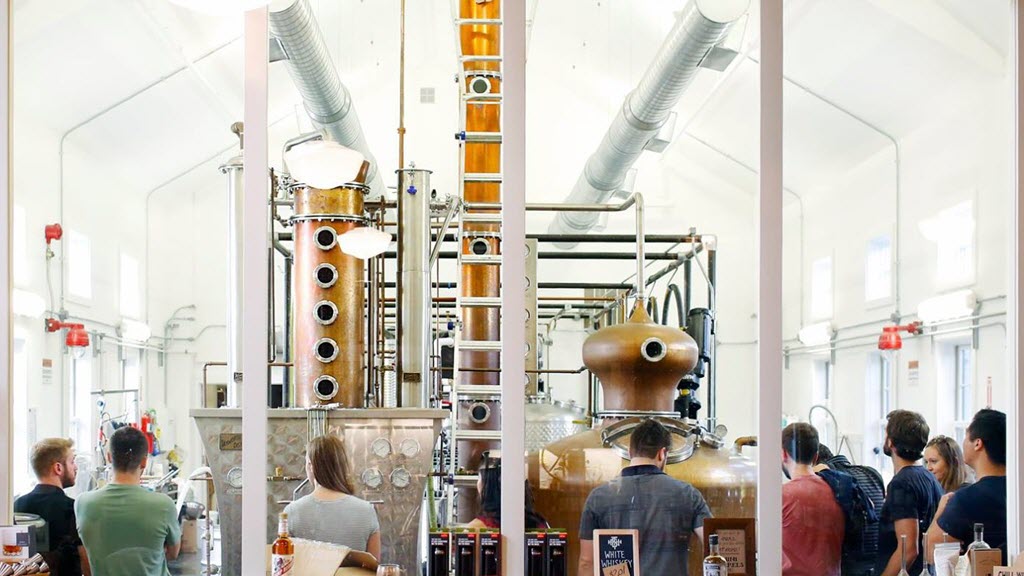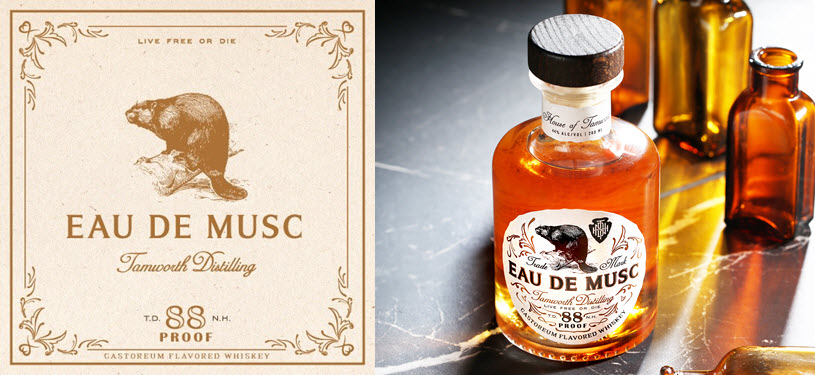
As the craft spirits world starts to get a little more crowded, it’s not enough to just launch a bourbon whiskey made with ingredients that pick up the terroir from the water, soil and grains. These days, craft distillers have to ratchet it up a notch to stand out from the crowd.
Say Hello to, “House of Tamworth’ Eau De Musc”
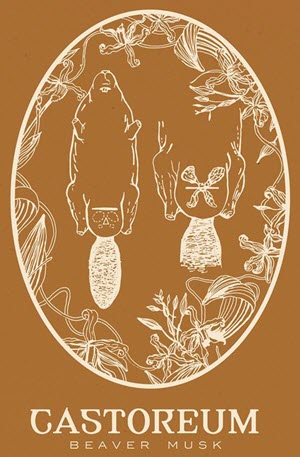
Made with Beaver Castor Sacs found near the tail.
The folks at Tamworth Distilling in Tamworth, New Hampshire have taken it to a new level with flavoring their two year old bourbon with castoreum from beaver castor sacs. The castoreum is found in the anal sac glands located just below the tail of beavers. It’s a natural flavoring ingredient that’s been used for hundreds of years as flavoring. The finishing for this new craft spirit is not just from beaver castor sacs, they also add other all natural ingredients like raspberry, Canadian snakeroot, fir needles, birch bark (tar oil & regular oil) and round out the flavor with maple. Technically, this two year old straight bourbon turns into a whiskey with the flavor additions.
As is pointed out on Tamworth’s website every ingredient used in a distilled spirit has to be reviewed by the TTB. And generally, if an ingredient is on the FDAs list of certified ingredients the formula should pass. Such is the case with beaver sacs which the FDA considers a “natural ingredient.”
“The generally recognized as safe list (GRAS) is actually pretty small, especially when you are in the exploratory phase of spirits. There are a few really odd ingredients that make it on there and castoreum is one of them. Another example is red coloring ‘carmine’ from the cochineal beetle.” You may remember a few years ago when Starbucks found itself in hot water when consumers discovered the red color in the companies Strawberries & Crème Frappuccino came from the crushed cochineal beetle. Vegetarians were not happy to find out the red color in their beverage was from a bug. Starbucks eventually switched to a non-controversial natural vegetable extract instead.

Tamworth Distilling Founder Steven Grasse.
“I have always been intrigued by the use of castoreum in food and luxury products. There was a time when it was ubiquitous and used widely as a flavoring agent and in perfume. In fact, it’s still used in a number of products today and considered by the F.D.A. to be a ‘Natural Flavoring.’ I was curious what would it taste like in one of our unreleased bourbons from Tamworth Distilling – so we tried it, and it worked beautifully.”
~ Steven Grasse, Quaker City Mercantile & Tamworth Distilling
Made from the Castor Sacs from Real Beavers
Eau De Musc (“Water of Musk”), is a new limited-edition beaver castoreum whiskey from Steven Grasse the branding mastermind of Hendrick’s Gin brand. Well-regarded in the spirits world for pushing boundaries with his bold choice of flavors and exotic ingredients, the new spirit is being introduced by Grasse and his team at Tamworth Distilling and Mercantile. The company says, “Eau de Musc is an 88-proof bourbon whiskey infused with the oil found in the beaver castor sacs below the tail. Sold in an elegant, 200ml vintage-style perfume bottle. Eau De Musc is surprisingly pleasant and will be one of the most drinkable spirits you’ll experience this summer.”
Stay Informed: Sign up here for the Distillery Trail free email newsletter and be the first to get all the latest news, trends, job listings and events in your inbox.
Beavers Sacs Provided by Master Trapper Anton Kaska
We were wondering where one finds beavers. Apparently, you call your local beaver trapper and Certified Wildlife Control Operator. “New Hampshire life is ruled by the wilderness, and beavers are widely prevalent, extremely territorial, and prone to overpopulation. Therefore, rural communities like Tamworth work with licensed and responsible trappers to manage the population in order to sustain the local ecosystem. To source the castoreum for the limited-edition release, the Tamworth Distilling team works with Anton Kaska, a professional trapper and outdoor skill instructor who is known for his commitment to sustainable practices. Anton provides the distillery with the castoreum sacs, which would otherwise be discarded, to produce the infused bourbon whiskey.”The company says, “Anton, like all good trappers, uses every part of the animal. The fur is sold, the meat is eaten and the castor sacs are used as lures for future trapping bait. This source of New Hampshire beavers makes for a responsible market practice.”
“House of Tamworth’ Eau De Musc” Distilling and Tasting Notes
Tamworth Distilling’s bourbon is made with a mashbill of 75% organic corn, 12.5% organic raw rye and 12.5% malted barley. The bourbon used for this batch was the first of three mashes of the recipe run, which means the first batch was a ‘sweet mash’ and the next two mashes were ‘sour mashes.’ These were fermented out and distilled twice through our Vendome Copper & Brass Works 250 gallon copper pot still. The new make filled one barrel on May 25th, 2015 and was opened for blending on May 1, 2018. The barrels are 53 gallon New White oak casks with a #3 char.
Tamworth tasting notes say, “While the idea of beaver sac may conjure anticipation of odd flavors and sharp aromas, the reality is castoreum acts to fortify good whiskey flavors. The vanilla nose is underscored with the addition of spice from the birch oil and wild ginger. Wild ginger, or Canadian Snakeroot, has a woody spice much like common ginger, but offers floral (almost perfumey) qualities. These piquancy notes circle around to raspberry, which is also added to comingle with the castor sac’s natural fruitiness.”
House of Tamworth’ Eau De Musc Whiskey is available now at the distillery and nationally through online retailer Warehouse Wines & Spirits for $65 for a 200 ml bottle.
House of Tamworth’ Eau De Musc, Castoreum Flavored Whiskey
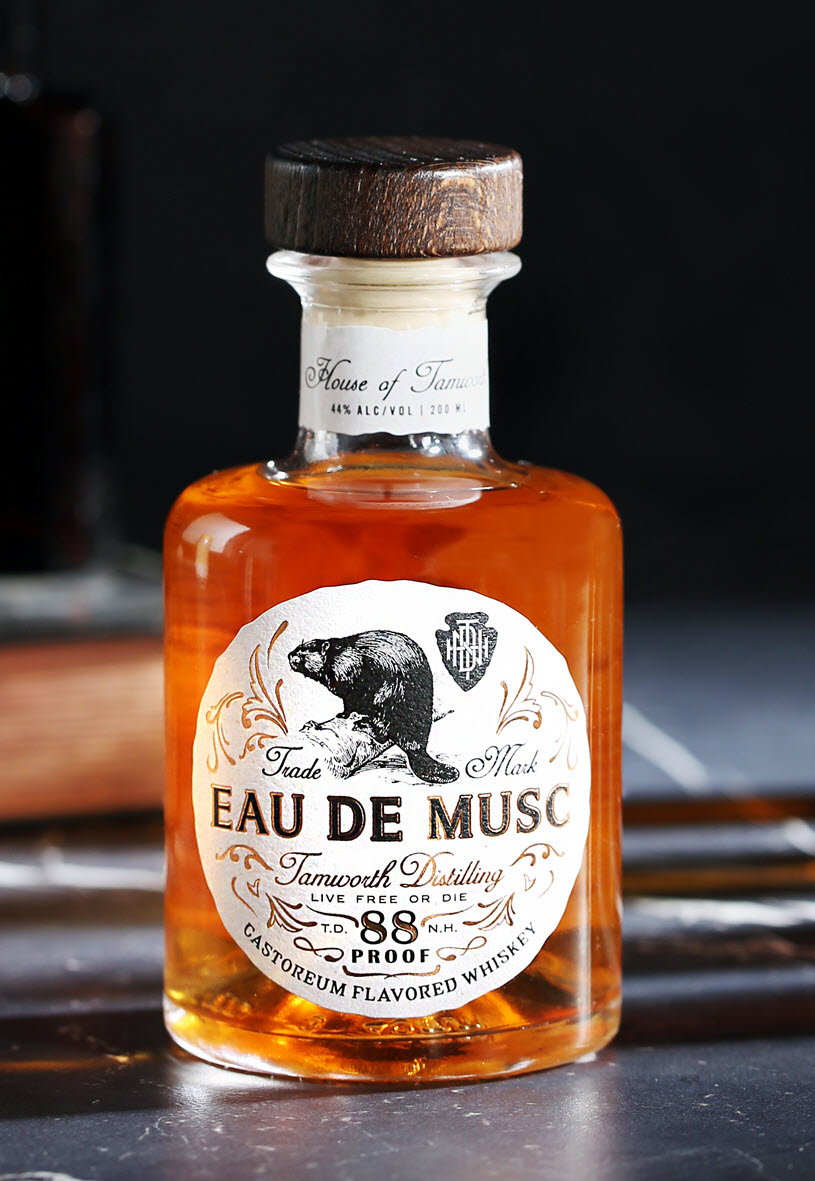
Please help to support Distillery Trail. Sign up for our Newsletter, like us on Facebook and follow us on Twitter.

